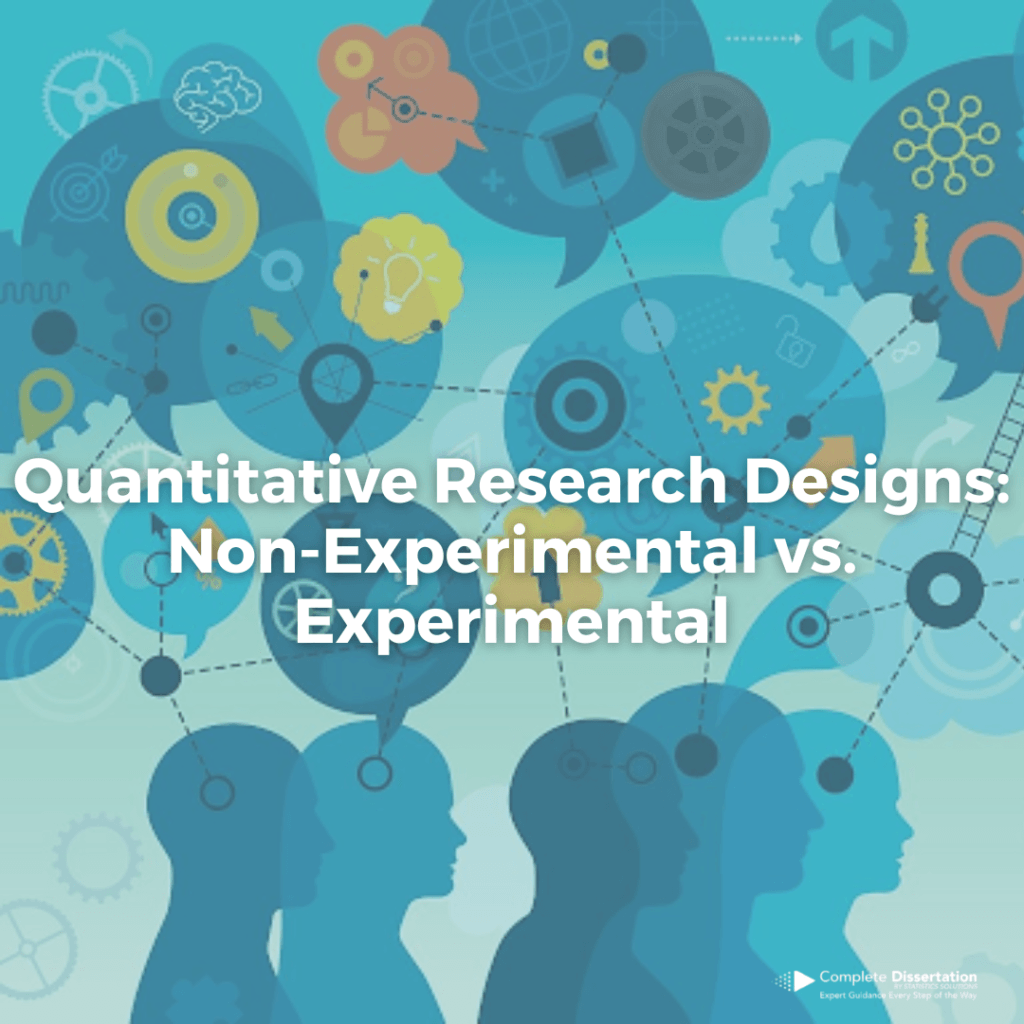Quantitative Research Designs: Non-Experimental vs. Experimental
Experimental research involves manipulating variables and randomly assigning participants to conditions. A traditional experiment compares a control group with an experimental group receiving a manipulated treatment. When done correctly, experimental designs can provide evidence for cause and effect. Because of their ability to determine causation, experimental designs are the gold-standard for research in medicine, biology, and so on. However, researchers can also use such designs in the “soft sciences,” like social science.
Experimental research has strict standards for control within the research design and for establishing validity. These designs may also be very resource and labor intensive. It can be difficult to justify the generalizability of results in tightly controlled or artificial experimental settings. However, if done well, experimental research methods can lead to some very convincing and interesting results.
Non-experimental research can be insightful, but it doesn’t allow the same conclusions as experimental research. Non-experimental research is typically descriptive or correlational, describing a situation or relationship between variables without researcher interference. This means you don’t manipulate variables or randomly assign participants to control or treatment groups. Without this level of control, you cannot determine any causal effects. In non-experimental research, validity concerns focus more on the accuracy of measurements than on the effects themselves.
Finally, a quasi-experimental design combines elements of the two designs described above. For quasi-experimental designs you still can manipulate a variable in the experimental group, but there is no random assignment into groups. Quasi-experimental designs are the most common when the researcher uses a convenience sample to recruit participants. For example, imagine you’re studying the effect of stress on student test scores at your school. You teach two separate classes so you decide to just use each class as a different group. Class A becomes the experimental group who experiences the stressor manipulation and class B becomes the control group. Since you’re sampling from two pre-existing groups without random assignment, this would be a quasi-experimental design.
These types of designs are very useful for when you want to find a causal relationship between variables but cannot randomly assign people to groups for practical or ethical reasons, such as working with a population of clinically depressed people or looking for gender differences (we can’t randomly assign people to be clinically depressed or to be a different gender). While these types of studies sometimes have higher external validity than a true experimental design, since they involve real world interventions and group rather than a laboratory setting, because of the lack of random assignment in these groups, the generalizability of the study is severely limited.
So, how do you choose between these designs? This will depend on your topic, your available resources, and desired goal. For example, do you want to see if a particular intervention relieves feelings of anxiety? The most convincing results for that would come from a true experimental design with random sampling and random assignment to groups. Ultimately, this is a decision that should be made in close collaboration with your advisor. Therefore, we recommend discussing the pros and cons of each research type, their impact on your dissertation, and the requirements of each design before deciding.
Take the Course: Experimental and Quasi-Experimental Research Design

If you’re like others, you’ve invested a lot of time and money developing your dissertation or project research. Finish strong by learning how our dissertation specialists support your efforts to cross the finish line.

